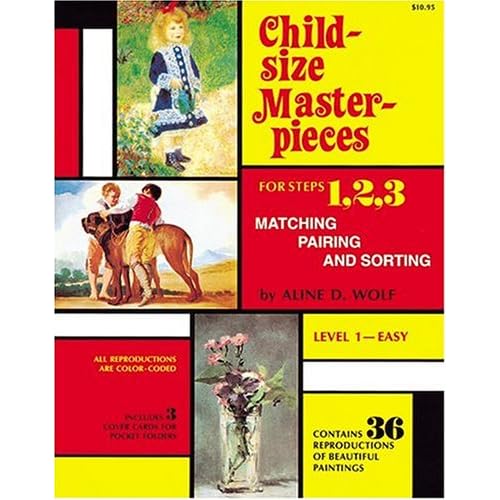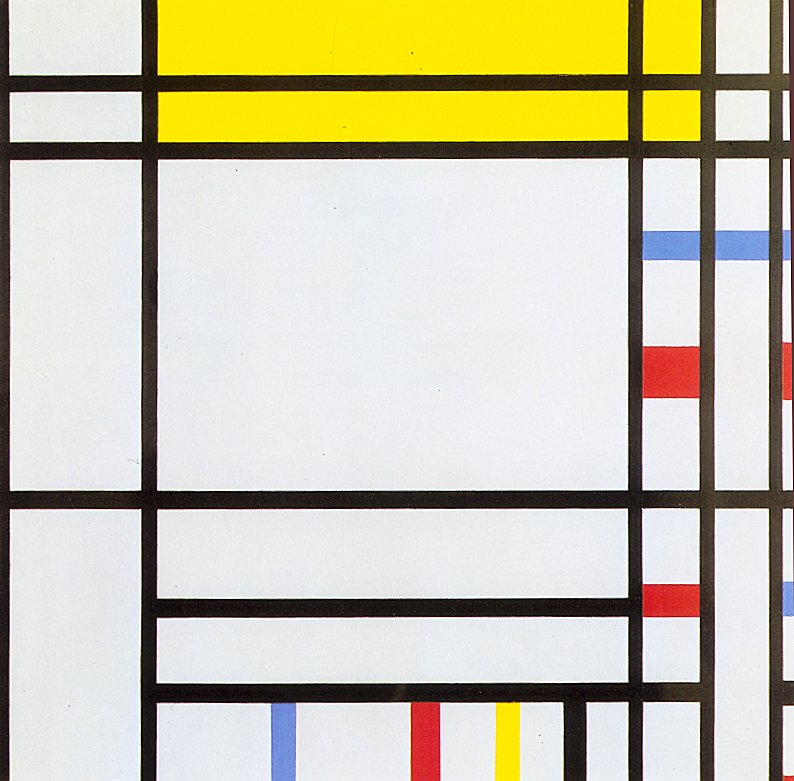













1. My favourite colour is purple
2. I LOVE licorice, especially allsorts and RJ's Natural Licorice.
3. I nearly finished a Bachelor of Science Degree, majoring in Zoology.
Maybe one day I'll finish it...
4. I am the oldest of 6 children (3 boys and 3 girls)
5. I have lived in 16 different homes, 7 before I was married, and 9 after.
6. I have passed grade 7 practical piano, thanks to my parents providing me
with lessons and encouraging me to practice every day. I love that I can
now sit down and play a piece for pleasure.
7. I never play piano in church because I get too nervous.
8. I lived in Australia for four years.
9. I rode a camel in Adelaide, South Australia.
10. I love diagramming sentences.
11. I am scared of spiders, but I have held a giant weta.
12. I have only been to the South Island of New Zealand once, to a
youth camp.
13. I cannot figure out why homeschoolblogger doesn't let me space between lines on my blogposts when I change the font...
Thanks Jeanne, at A Peaceful Day, for nominating me with this award:

Here are the rules:
1. Thank the person who gave this to you
2. Copy the logo and place it on your blog
3. Link the person who nominated you
4. Name 7 things about yourself no-one would really know (see above)
5. Nominate 7 other bloggers and let them know they are nominated...
I nominate:
1. Dana at School for Us
2. Barb at Harmony Art Mom
3. Keri at Sunny Scholars
4. Jimmie at Jimmie's Collage
5. Tisha at Art with Mrs Smith
6. Sarah at The Forest Room
7. Renae at Life Nurturing Education
*********
Today we had our first art lesson with a friend of mine and her children. We are using the book Discovering Great Artists.

and art cards from Child-sized Masterpieces:

The first artist we chose to study was Piet Mondrian.
Piet Mondrian was born in Amsterdam, Holland in 1872. Earlier in his career, he painted traditional Dutch landscapes, but after moving to Paris his style gradually changed to an abstract, cubist style, which he is more famous for:

We all had a go at our own designs, inspired by Mondrian's work, and stuck to using only the primary colours to fill in some of the spaces.
We used graph paper to decide where our lines would be, then traced them onto thicker paper with a sharpie pen and coloured random spaces with either felt-tip markers or oil pastels.
This is what we came up with:

When you first look at Mondrian's paintings, it is easy to think that they are just lines and bits of colour here and there. But my friend and I commented to eachother on the different ways the girls (we have all girls of school age) chose to place their lines, and which ones to colour in. Some were very symmetrical, some chose to do lots of little lines and others even chose to add in diagonal lines. We all thoroughly enjoyed it and can't wait for our next art lesson.
For some more ideas on art lessons based on Mondrian's paintings, check out Art with Mrs Smith - there's even a Mondrian cake!
Barb at Harmony Art Mom shares how she uses Child-sized masterpieces here.
*****
And to complete the "Arts on Thursday" picture, we listened to one of our new Psalms CDs by Jason Coghill, whom we were so blessed to have listened to in person at church last night.

Today in Story of the World, we learned about the beginning of the Renaissance, and how Johannes Gutenberg invented the printing press.

Here us a Youtube video explaining how the printing press worked:
Demonstrating the Gutenberg Printing Press
This is a post by Jeanne at A Peaceful Day about a beautiful pop-up story book of Gutenberg.
~~~
Bethany's Narration:
Johannes Gutenberg made a printing press from an old winepress. He stamped the letterblock with ink made from soot and linseed oil, and put it in a type of folder. Then he turned a wheel and a lever to flatten it, squeezing the paper and the block together. Then he turned the wheel back to push the folder back and took the paper out. On it would be printed the words that were on the letterblock.
~~~
Emily's Narration:
His printing press worked like this: taking raw cow hide leather he soaked it in cow wee overnight then rinsed it by hand. Then using ink made of linseed oil and soot, and a roller, he rolled the ink onto the leather. (This refers to the "pounders" he used to pound the ink onto the letterblock).
Next he carefully placed a piece of paper in a folder-like thing called a frisket. He placed the inked leather on his machine. He then rolled the frisket with the paper in it over the leather and turned a lever to press the ink onto the paper.
On the youtube video the man demonstrating printed a page of the Gutenberg Bible. It had a space left for when it got illuminated and illustrated. For Monks writing book by hand it would take years to print the entire Gutenberg Bible. Johannes Gutenberg and twenty helpers printed 450 Bibles in one year. The very first book he printed was the Gutenberg Bible.
~~~
Gutenberg is credited with printing the first Bible. He also printed paper indulgences, sold by the Roman Catholic church to pardon the buyer from of his sins. This is what sparked Martin Luther's Ninety-five Theses, which where 95 reasons why the church should not sell indulgences. Luther had studied the book of Romans which convinced him that God promises forgiveness to all who repent and believe in Jesus Christ as their Saviour.
~~~
Here is a picture of a page from one of Gutenberg's Bibles:
~~~
Gutenbergprinted the text, leaving a blank space for the illumination of the first letters of a chapter. The illumination and decoration was completed by monks.
~~~~~~~~~~~
A couple of weeks ago, I took the girls to see this exhibition:

The girls (grades 5-8, 9-12 years) from Carncot school had been to the Monet & the Impressionists Exhibition earlier in the year.
They also visited the Wellington Botanic Gardens to photograph water lilies to help them in their own artwork. The girls had studied the effects of light on the water lilies and used Monet's paintings as inspiration for their own beautiful paintings. The girls had started with charcoal & white paint, then progressed on to coloured pastel and oil paintings, all inspired by Monet's water lilies.

The paintings were absolutely beautiful and this was accentuated by the presentation. The paintings were hung in groups creating a striking display of all Monet's favourite colours - purples, pinks & blues. The coloured pastel water lilies were hung only at the top edge, so that they represented the ripples of the water.

The girls also made clay water lilies, which were lovely to look at in 3-D.
The girls had kept a scrapbook of the entire project, embellished with origami water lilies and full of beautiful ideas & commentaries on their art adventure. They had designed their own brochure and came up with the name for the exhibition.
We had missed the official public exhibition, but I rang the principal and she graciously arranged for us to come and view it.
I was so grateful to be able to visit this exhibition with my children, and it has certainly given me lots of new ideas for art and an even greater appreciation for Monet's paintings - and ultimately, God's amazing creation!
The Carncot girls had produced a calendar featuring their work. Here are some examples:

~~~~~~~~~~~~~